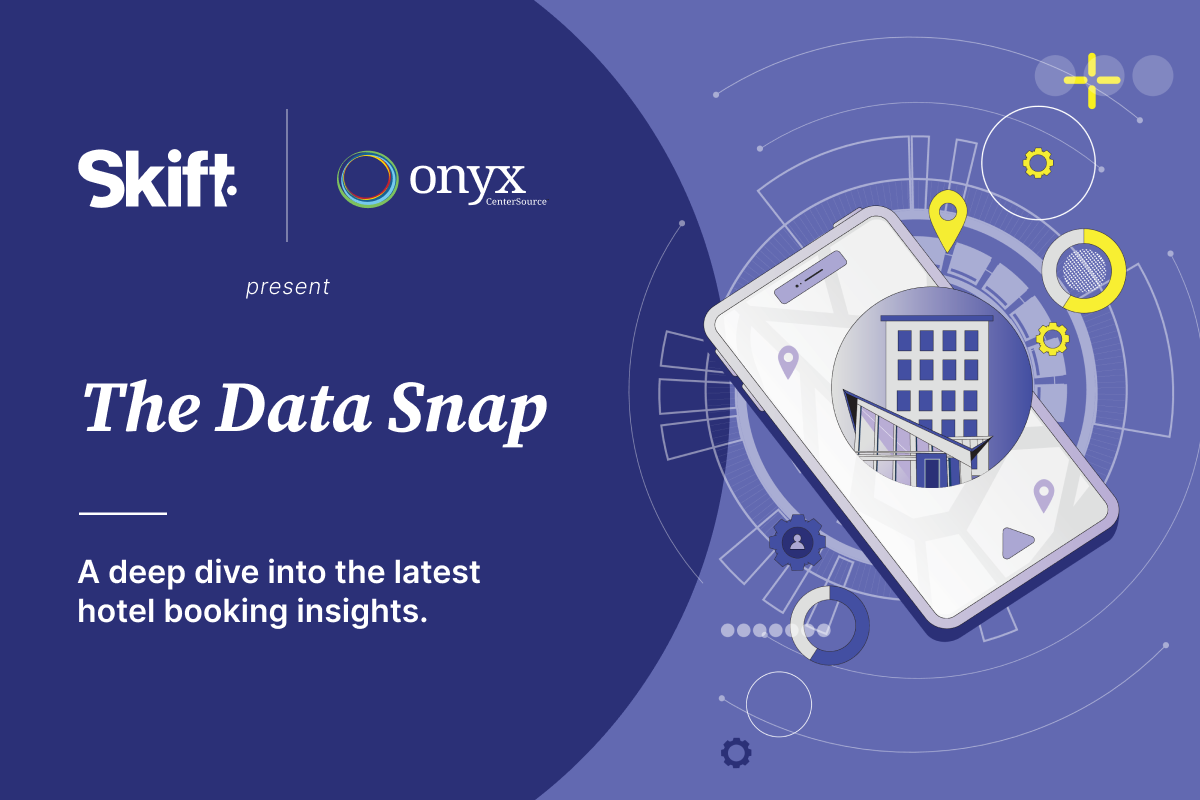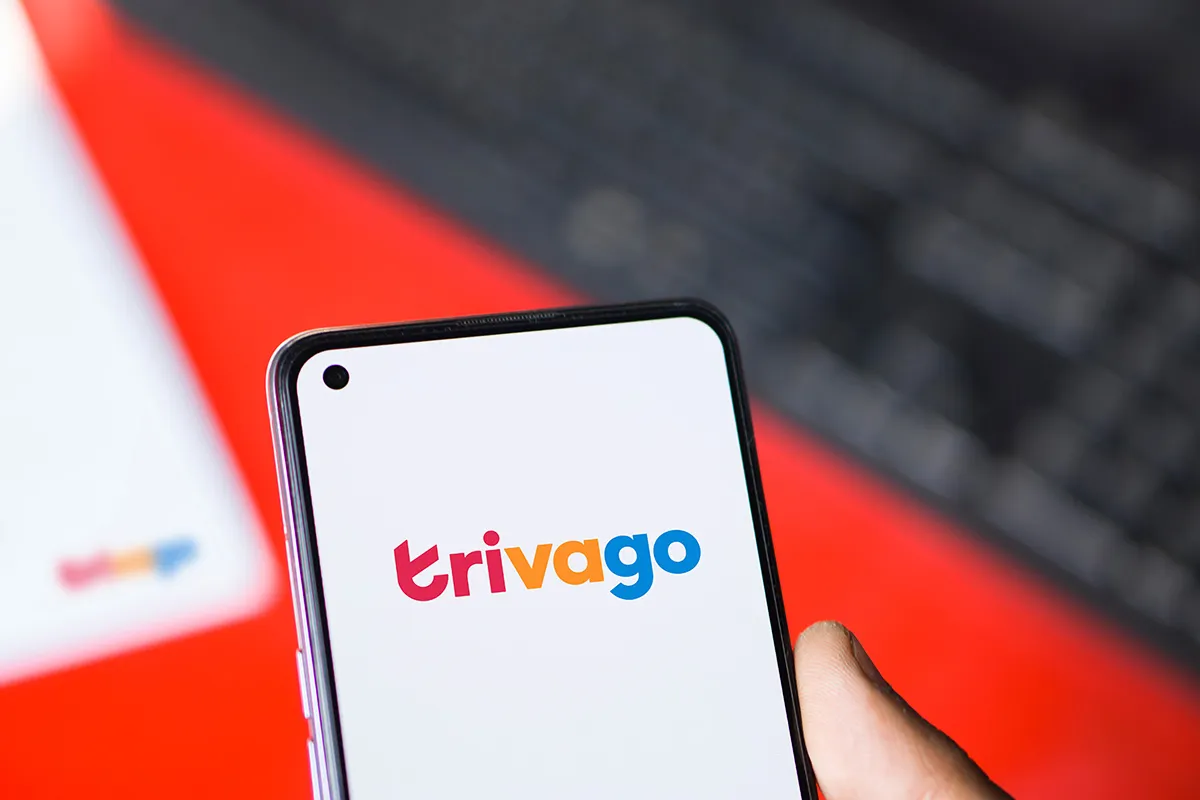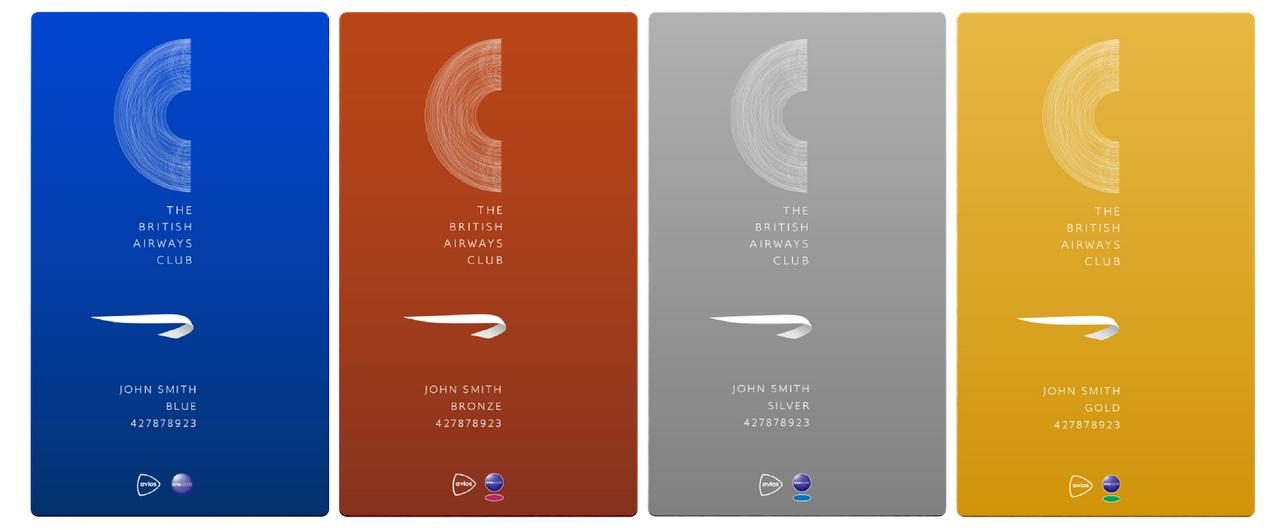5 Ways Travel Loyalty Programs Can Balance Customer and Business Values

Skift Take
This sponsored content was created in collaboration with a Skift sponsor.
Customer loyalty and long-term engagement are evolving. In response, travel brands are trying to understand how they can differentiate themselves by transforming their points-based, “earn-and-burn” loyalty programs into vehicles that can create deeper relationships with their customers.
The current pandemic has caused major challenges for travel brands and customer retention will play an important role as people begin to travel again. Companies can take this opportunity to reevaluate their loyalty programs and create loyalty offerings that stand out. “Today’s loyalty programs largely operate in a sea of sameness,” said Ramya Murali, principal at Deloitte Consulting LLP. Refreshing existing programs or building a new and unique one could help solve for that.
Hallmarks of a Successful Loyalty Program
Industry-leading loyalty programs typically get at least five things right: First, the program articulates the specific customer behaviors it wants to drive and the value it provides to the business. Second, the program delivers an ecosystem of compelling benefits. Third, the program permeates the entirety of a customer’s experience and all of their experiences. Fourth, the program incorporates employees and partners in the loyalty construct. Lastly, it is delivered in a design-led, ongoing, and evolving model.
Drive Specific Customer Behaviors
Travel brands that want to create a differentiated loyalty offering should also have clear answers to the following: What are the financial, customer, and brand objectives I want to accomplish with my loyalty program? Which customer segments will I prioritize? Which purchasing behaviors will it influence, and how? Knowing the answers to these questions can help loyalty program managers create and appropriately target the benefits their program should offer and the channels and partnerships they should use to deliver those benefits.
Deliver an Ecosystem of Compelling Benefits
A successful benefits ecosystem can help programs stand out. Determining what consumers care about and offering compelling benefits across a spectrum of rewards from “earn and burn” to alignment with causes that reinforce a travel brand’s mission can drive short-term purchase intent while building long-term emotional brand connection.
Additionally, a successful loyalty program should be able to facilitate a rational and emotional connection between the brand and its consumers. This means personalizing every interaction, offering the right kind of benefits, and cementing connections that matter to consumers. Programs can generate additional value by extending that connection across the customer journey through ecosystem expansion opportunities.
“Harness what your brand stands for and what your customers really love to further differentiate your brand,” said Bobby Stephens, principal at Deloitte Consulting LLP. “For example, we helped one of our clients that operates in small midwestern towns tie its loyalty program to community involvement. This allowed the brand to leverage the passion and connection the users felt with their community to deepen its own relationship with the customers.”
permeate the customer journey and customer lifecycle
Loyalty programs should be thoughtfully integrated into the end-to-end customer experience, which requires a deep understanding of the customer journey and the lifetime experience of a customer. Leading brands tend to approach loyalty differently depending on where each customer is in the journey and the lifecycle. Loyalty offers and messaging should be tailored differently when a customer is researching travel and when they’re reaching the end of a trip. Likewise, offers and messaging should be tailored based on where the traveler is in the customer lifecycle. The current pandemic has brought most traditional customer journeys to a halt, forcing companies to interact with customers in new ways. Companies with pre-existing partnerships outside the travel journey were best placed to stay engaged with their customers throughout the Covid-19 crisis.
Engage Employees and Partners
Leading programs typically incorporate employees and partners in the loyalty construct, and face-to-face touchpoints with customers is also very important. It is paramount employees are engaged in the program otherwise they can damage the brand and erode value in ways companies may not even know about. In a recent survey, Deloitte found that when customers trust a brand, not only are they loyal with 62 percent buying almost exclusively from that brand but 85 percent of respondents recommended that brand to a friend. Successful loyalty programs can help establish trust. The goal should be to create an all-encompassing human experience that includes everyone who interacts with a brand’s customers.
There are various factors that can impact the way a brand’s employees and partners deliver a loyalty experience. Do they feel like a valued part of the organization? Do they understand the program and how to explain it clearly and concisely? Are employees and partners equipped to create meaningful loyalty connections? Can employees and partners experience the program themselves? Employees and partners should be empowered to enhance the loyalty program when they interact with members and create an avenue for them to participate in the program.
A brand’s partners and employees are the face of its loyalty program to its customers. The more invested they feel, the more likely they are to successfully deliver the program.
Build a Living Program
Travel brands should treat loyalty like a digital product to stay close to their users and continuously evolve and enhance their offerings. Oliver Page, principal at Deloitte Consulting LLP, also advises that travel brands “should think outside of the box and beyond what their current technology can deliver. For example, today the role of health and wellness may move into the forefront, however, like a digital product, health and wellness may not stay there in the future.”
Loyalty isn’t a part of the business you can ignore it’s one of the most important and valuable components of a travel brand. The pandemic’s effect on the economy will undoubtedly result in extreme competition for limited opportunities. In this future world, the role of loyalty and customer retention could help power organizations into the next economic cycle.
This content was created collaboratively by Deloitte and Skift’s branded content studio, SkiftX.
--
This publication contains general information only and Deloitte is not, by means of this publication, rendering accounting, business, financial, investment, legal, tax, or other professional advice or services. This publication is not a substitute for such professional advice or services, nor should it be used as a basis for any decision or action that may affect your business. Before making any decision or taking any action that may affect your business, you should consult a qualified professional advisor.
Deloitte shall not be responsible for any loss sustained by any person who relies on this publication.
As used here, “Deloitte” means Deloitte & Touche LLP, which provides audit, assurance, and risk and financial advisory services; and Deloitte Consulting LLP, which provides strategy, operations, technology, systems, outsourcing and human capital consulting services. These entities are separate subsidiaries of Deloitte LLP. Please see www.deloitte.com/us/about for a detailed description of Deloitte’s legal structure. Certain services may not be available to attest clients under the rules and regulations of public accounting.




